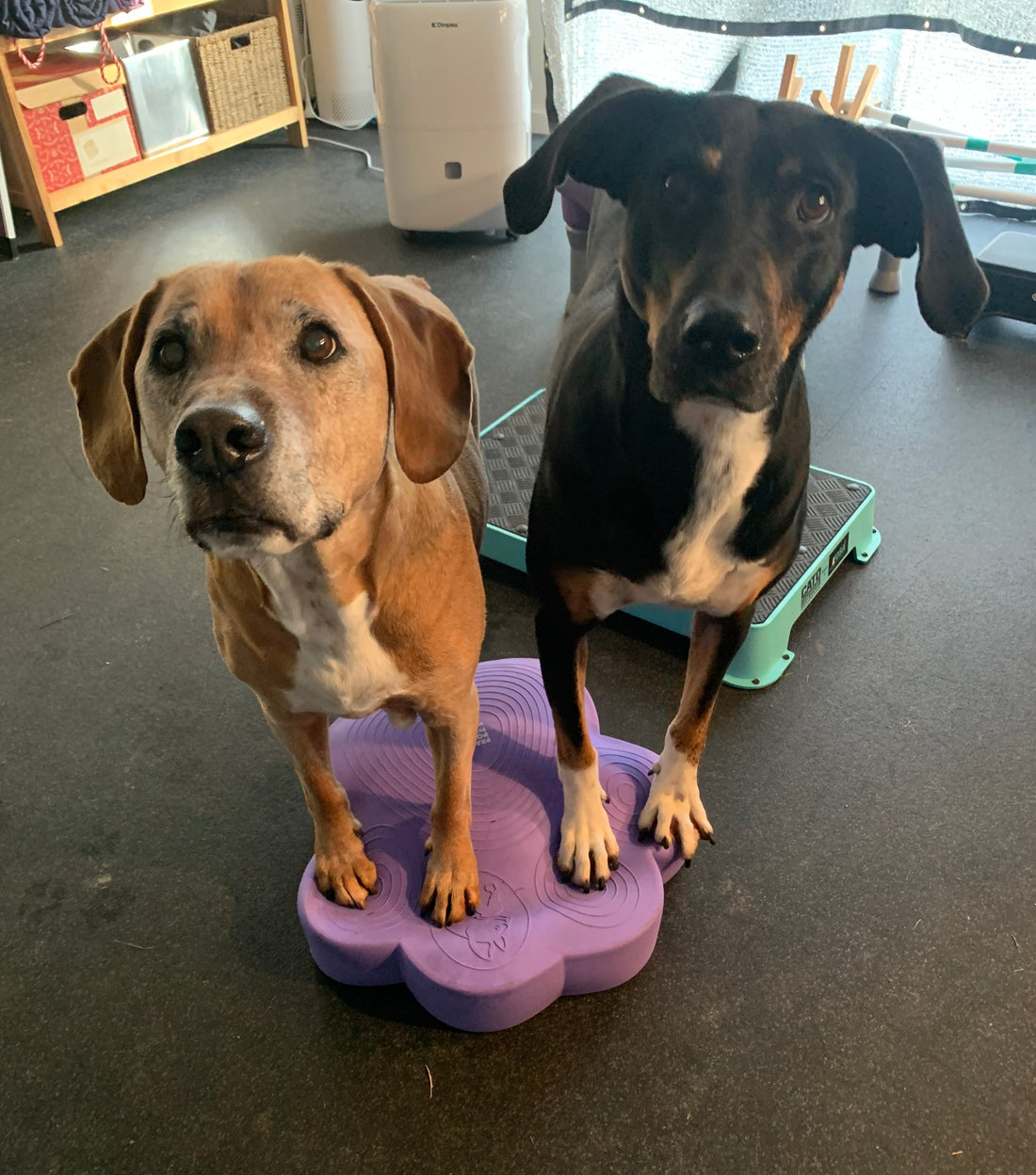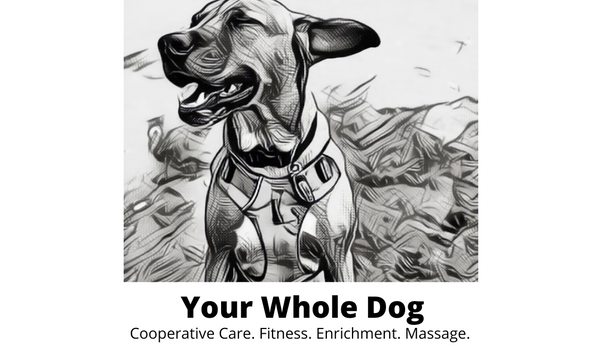
7 Myths About Using Food in Dog Training (and Why They’re Rubbish)
You’ve probably heard a few of these before. Maybe from a well-meaning friend, a trainer with a different philosophy, or someone in a Facebook group.
"Food makes dogs fat."
"They’ll only listen if you’ve got a treat in your hand."
"It’s just bribery."
Ugh.
Here’s the thing: food is one of the most powerful tools we have in dog training. When we use it well, it helps us build reliable behaviours, confident learners, and stronger bonds.
Let’s talk about some of the most common myths around using food in training. And why they simply don’t hold up.
Myth #1: “Using food makes dogs fat”
Not if you’re thoughtful about it.
Just like with us, weight gain in dogs comes down to overall calorie balance. If you're training with food, you can:
- Use part of your dog’s daily meals as rewards
- Reduce meal portions slightly to offset treat intake
- Choose healthier whole-food options like cooked veggies or lean proteins
💡 Food in training doesn’t mean feeding more. It means feeding smarter.
Myth #2: “Dogs become reliant on food”
Let’s flip that: food builds reliable behaviour.
We don’t expect people to work for free. Why should our dogs?
When used well:
- Food strengthens behaviour you want to see again
- You can gradually phase out food or make it more variable
- Other rewards like play, praise, and sniff time can be layered in
💡 Used correctly, food doesn’t create dependency. It builds solid skills and habits.
Myth #3: “It’s just bribery”
It’s not bribery. It’s reinforcement.
There’s a difference between bribing and reinforcing.
- Bribery is showing food before your dog does anything.
- Reinforcement is giving food after your dog gets it right.
If you’re waving chicken around before your dog does anything, that’s a lure (and even then it’s a legit useful strategy in early stages).
💡 As your dog progresses, and gains more skills, rewards (reinforcers) follow the behaviour. That’s not bribery. It’s good training.
Myth #4: “Food doesn’t work around distractions”
If your dog won’t eat, it’s not the food’s fault.
A dog who won’t take food is giving you valuable information.
They might be:
- Feeling unsafe, overwhelmed or anxious
- In a new or overstimulating environment
-
Struggling to concentrate - are you asking too much too soon?
Food still can work around distractions, if your dog feels safe and supported.
💡 We need to adjust our training to meet them where they’re at.
Myth #5: “My dog isn’t food motivated”
All dogs need to eat; that’s how they survive. If they’re not eating, something’s up.
Rather than giving up, get curious.
Ask yourself:
- Are they stressed or fearful?
- Do they feel safe?
- Could they be in pain or unwell?
- Is the environment too much?
💡 Not taking food is communication. Let’s dig into “why” and set your dog up for success.
Myth #6: “I’ll spoil my dog if I use food”
A reminder: all dogs need to eat! Reinforcement isn’t spoiling; it’s smart training.
Giving your dog food for doing something you want isn’t spoiling them. It's reinforcing desired behaviour.
Spoiling is:
- A weird human construct.
- No boundaries
- No guidance
Reinforcement is the opposite: it’s strategic, structured, and leads to consistent, desired behaviour.
💡 You’re not just handing out snacks for no reason. I mean, obviously you can - I regularly do!
Myth #7: “If you use food, they don’t listen to you”
Food doesn’t replace listening. It reinforces it.
When training is done well, your dog ‘listens’ because they’ve learned there’s value in engaging with you.
💡 It’s not just about the food. It’s about the relationship the food helps build.
Real talk: food is a tool, not a cheat
Used thoughtfully, food in training can:
- Build reliable, joyful behaviours
- Support nervous, fearful dogs and help them feel safe
- Boost motivation and engagement
- Make learning fun and effective (for you and your dog)
Don’t let outdated myths keep you from using one of the most effective, powerful tools in your training toolkit.
Need help using food effectively in your dog training?
Whether you’re getting stuck with timing, reward placement, or choosing the right reinforcers — I can help!
I work with guardians who want to train using kind, effective methods that work in real life — using tools like food to build trust, skills, and confidence.
Get in touch!
Let’s make training easier, clearer, and way more fun - for both of you
 Wolly and Tigg, who enjoy a life of snacks, and bust these myths on the regular
Wolly and Tigg, who enjoy a life of snacks, and bust these myths on the regular
